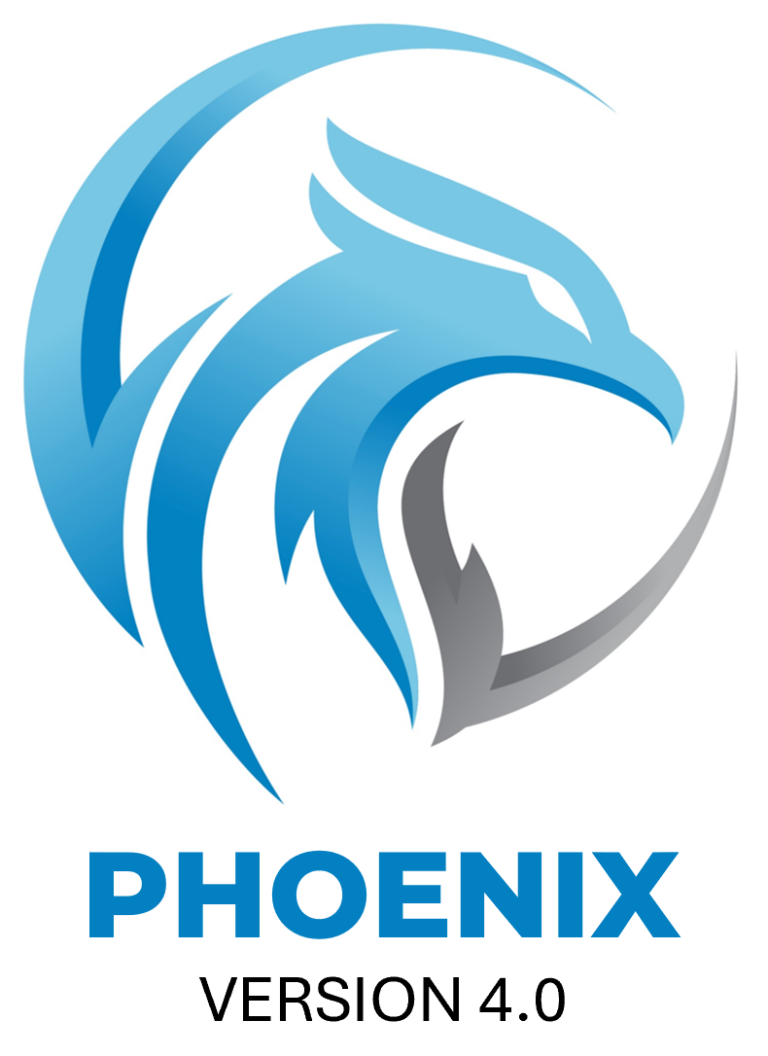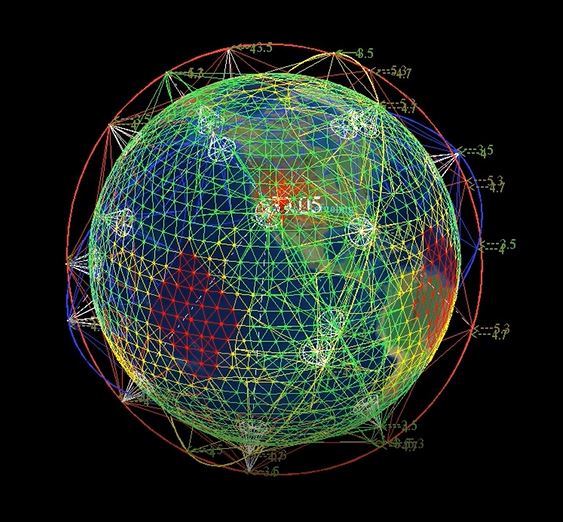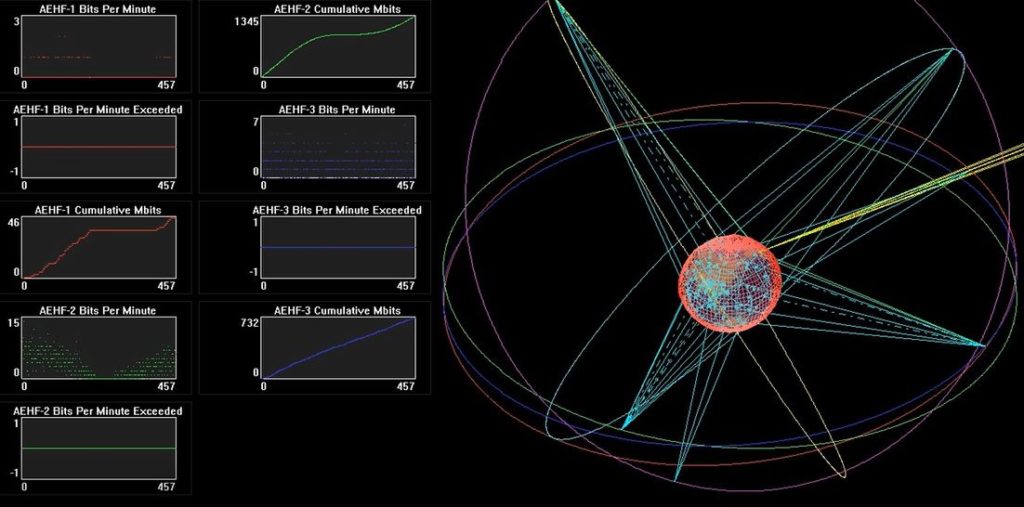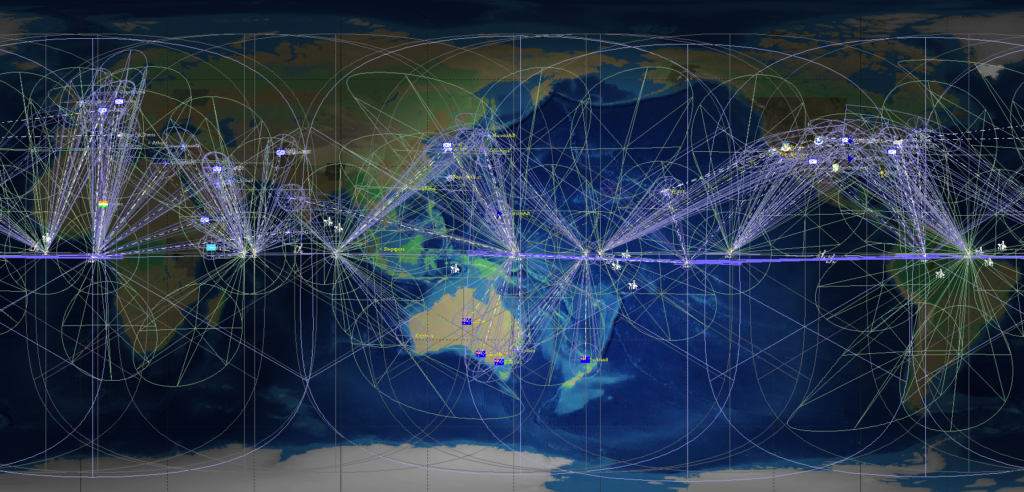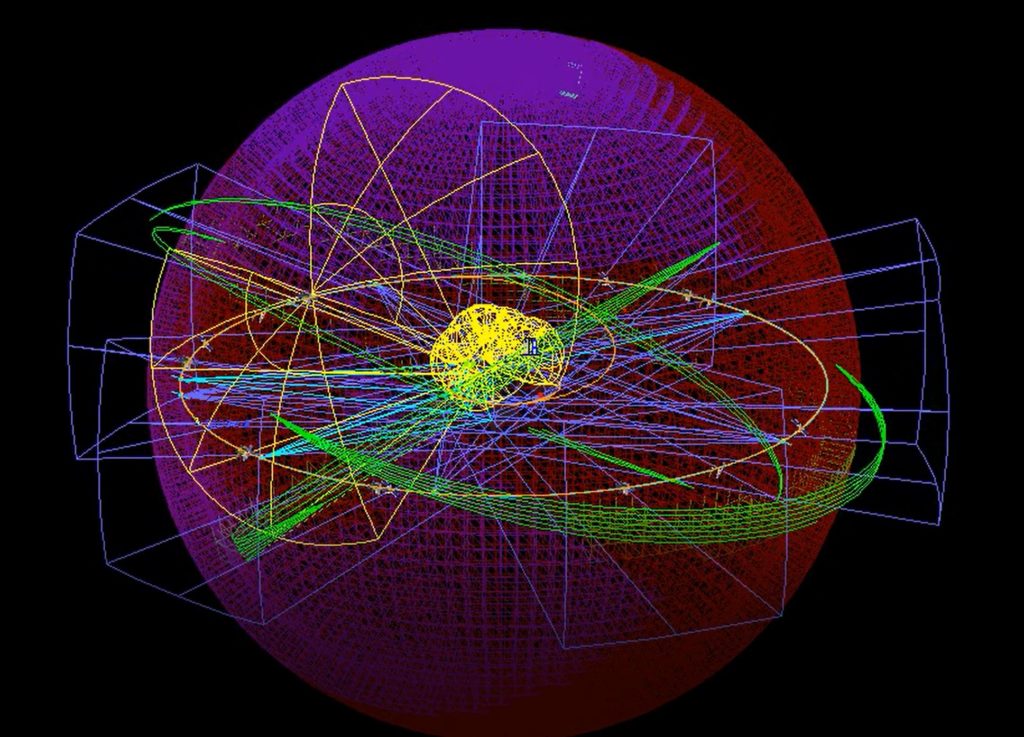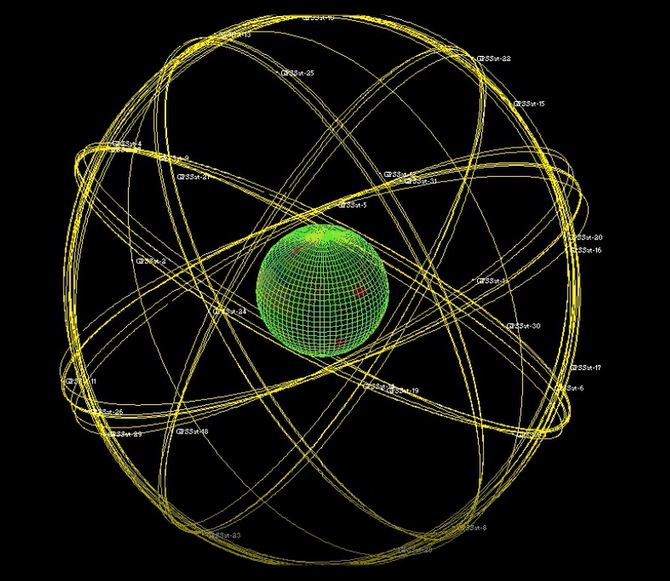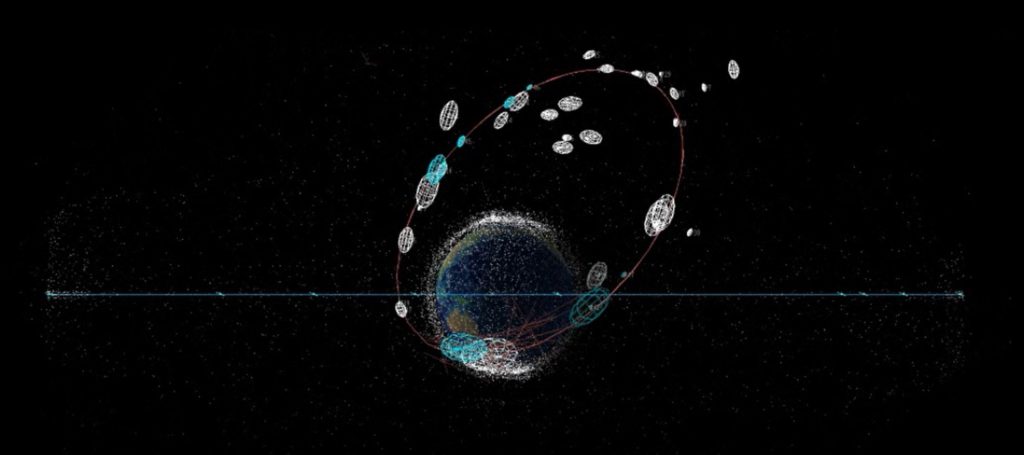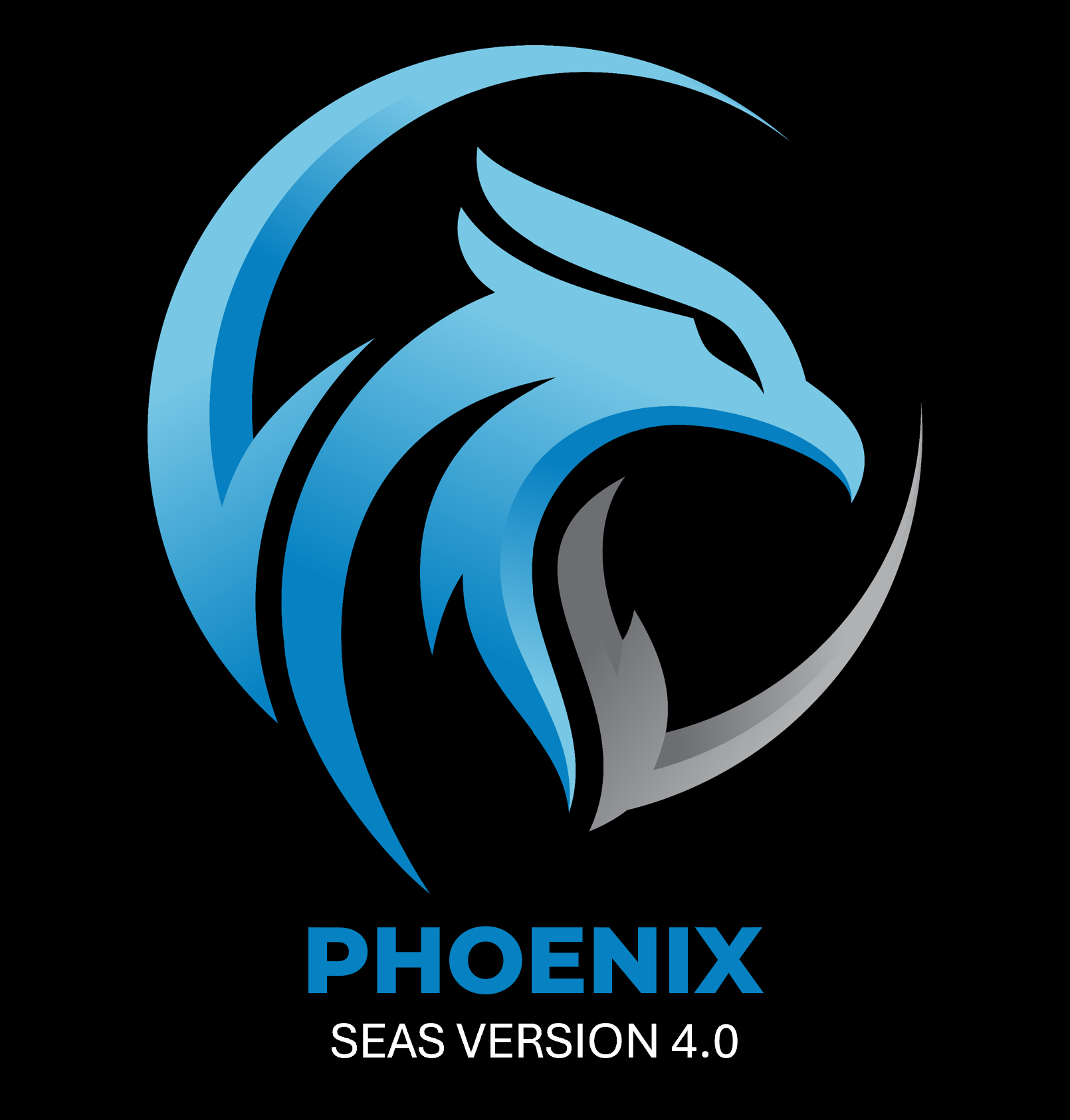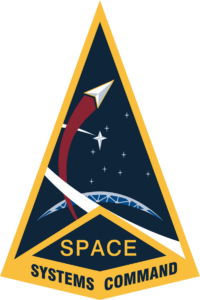Powerful Agent-Based Modeling Environment
The SEAS agent-based modeling environment enables the simulation of complex, adaptive interactions of opposing military forces in a physics-based battlespace. Simulated entities (agents) execute programmable behavioral and decision-making rules based on battlespace perception. Warfighting outcomes emerge as a result of the complex interactions of the agents with each other and their environment, enabling military utility analysis.
Integrated Model Editing and Debugging Environment
SEAS has an integrated development environment that provides a single interface for developing, managing, running, and debugging SEAS model files. The warfile editor parses the Tactical Programming Language (TPL) syntax in real-time and alerts the user to syntax errors. The SEAS engine is executed from the interface and the simulation visualization can be displayed in multiple independent scene display windows synced in simulation time.
Flexibility in the Hands of the Analyst
The programmable and constructive nature of SEAS allows the analyst to create models with varying degrees of fidelity, resolution, sophistication, and complexity. While SEAS is typically used for scenario-based military operations research involving aircraft, satellites, ground vehicles, communications systems, weapons and sensors, its flexibility enables it to be used to analyze a broad range of complex adaptive systems, not just military scenarios.
Analytical Graphics and Visualizations
SEAS produces graphic visualizations as a simulation is running. The user interface provides several different view options for displaying map features, sensors fields, satellite orbits, and output plots as results are generated. The analyst can also completely control the output display programmatically with TPL. This powerful feature enables improved debugging and allows the analyst to convey specific model details and results.
Optimized Performance
Most agent-based simulations have performance limitations, and do not scale well since the number of potential agent interactions increases exponentially as the number of agents increase. SEAS tackles this problem with a rich set of advanced algorithms and techniques for efficient simulation and optimization. The result is a simulation system that offers high performance and scalability, with no special hardware requirements.

